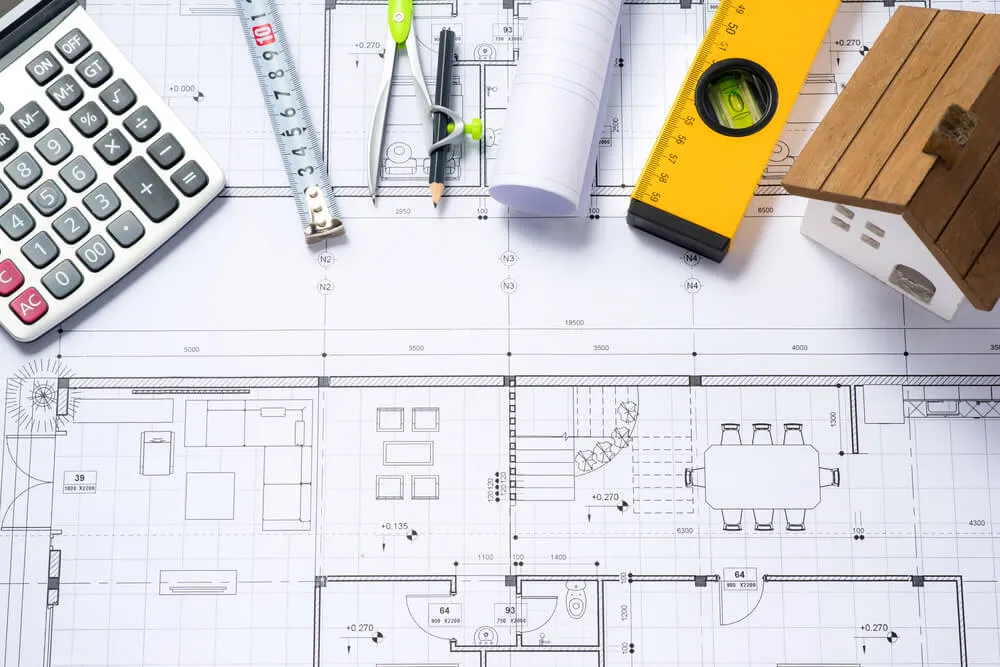Spiralling Construction Costs continue in the UK

16th August, 2021
Over the course of the past 15 months the UK construction industry has seen a widespread shortage of materials and subsequently inflating costs due to the Covid-19 pandemic and Brexit.
This has led to costs spiralling in several ways:
- Increased waiting times for materials has seen delays on site resulting increased costs associated with preliminaries and down time on-site.
- Increased costs because of COVID-19 including PPE, hand sanitisers, cleaning etc.
- Increased tariffs on some imported materials from the EU because of Brexit
There was a record surge in the costs of timber, insulation, and steel to name a few which sent construction costs soaring at the fastest pace seen in the sector in 24 years. On top of this, cement, electrical components and paints were also listed as being in short supply.
Statistics from IHS Markit and the Chartered Institute of Purchasing Supply (CIPS) have shown that the UK contractors have been paying significantly more for their raw materials, sending the industry inflation purchasing managers’ index (PMI) from an average of 55 in 2020 to more than 90 in May 2021. The figure 50 separates growth from contraction.
Brexit
The effects of Brexit have almost been entirely forgotten due the simultaneous timing of Brexit and the Covid-19 pandemic starting in January 2020. Brexit has a significant impact on the cost and availability of materials in the UK construction industry, with 80% of the timber supply within the UK coming from Europe for example. Consumers have been exposed to these shortages in supply, causing a lot of projects to be delayed and increase in cost.
Another forgotten consequence of Brexit is growing labour shortages. The construction industry in the UK was one of the main beneficiaries of migrant workers from Eastern Europe. Using migrant workers ensured labour costs in construction were lower than having to use local tradesmen across the UK; with Brexit restricting the entry of many of these skilled and unskilled workers the cost of construction is going to continue to increase over the short term.
COVID-19 Pandemic
The arrival of the Covid-19 pandemic in early 2020 saw a temporary halt to construction in the UK. Construction projects stopped, material suppliers closed, and global supply chains halted. This prompt halt was followed by an abrupt restart of the industry when essential services were allowed to re-commence. What this caused was a massive supply shock on all materials within the construction sector. Sites ran out of basic construction materials, suppliers sold out within hours and widespread lockdowns across Europe caused havoc with their supply chains.
In January 2021, 23% of manufacturers involved with aggregates, cement, ready-mix concrete, structural and reinforcing steel admitted to completely running out of raw materials during 2020. Furthermore, 49% of members firms in the National Federation of Roofing Contractors (NFRC) said that lack of roofing supplies was their primary concern within their industry.
These widespread shortages caused exponential increases in material costs as the cost of timber doubled, insulation doubled and other basic materials such as concrete, bricks and steel saw significant percentage increases.
This supply shock was further exacerbated by a large increase in demand for construction projects throughout the pandemic. The middle class found themselves working from home, spending 24 hours a day 7 days a week in their home environment, which facilitated two things:
- They had more disposable income due to the closure of travel, restaurants, shops etc.
- They had an increased desire to increase the size of or alter their houses due to the increased time spent at home.
This caused an exponential increase in construction across an 18 month period. In 2021 the Construction Purchasing Manager’s Index (PMI) was residing at 64.2 in May, up from 61.6 in April sparking a 4-month consecutive increase, which was been signalled as the strongest rate of growth output in seven years, according to the RICS.
With this increase in activity and inflation, there has been a lot of concern for the smaller construction firms throughout the pandemic. According the FMB State of Trade data from Q1 2021, 93% of businesses had reported an increase in the cost of materials. Fortunately, contractors have been met with compromising and understanding clients who have acknowledged genuine grounds for increasing costs in existing contracts. The hardest job outside of healthcare in this Covid-19 world has without doubt been the quantity surveyor!
How to reduce costs moving forward
Over the course of the next 12 months there will be a natural decrease in the inflationary pressures on construction materials. There are already signs that the price of timber is reducing for example. It is doubtful that these will ever return to pre pandemic levels as there will always be new inflationary pressures impacting all materials.
This inflation issue gives the industry perfect scope to experiment and try to implement new technologies to reduce costs of construction once again for consumers. This could be done using a variety of innovations, including:
- Prefabricated construction to reduce labour costs, preliminaries costs and time spent on the construction site
- Increasing the use of robotics and machinery to reduce dependency on decreasing labour force.
- Source alternative construction materials for existing expensive alternatives. e.g. increase the swapping of timber applications for plastic.
The other important thing to consider from a cost perspective is that labour prices haven’t increased, or at least not increased enough in the last 18 months as many builders have ignored increasing labour prices due to the inflation of materials already leading to spiralling project costs for clients. We would expect to see a significant increase in labour costs in the next 12 months, unless another ‘Black Swan event’ arises.




